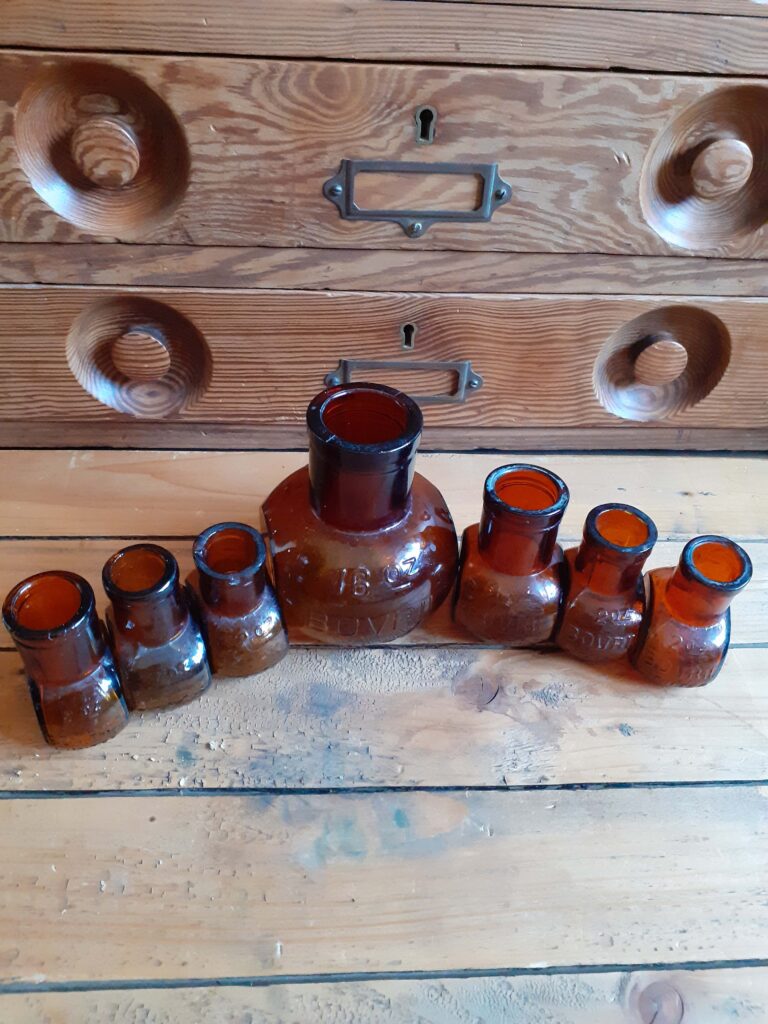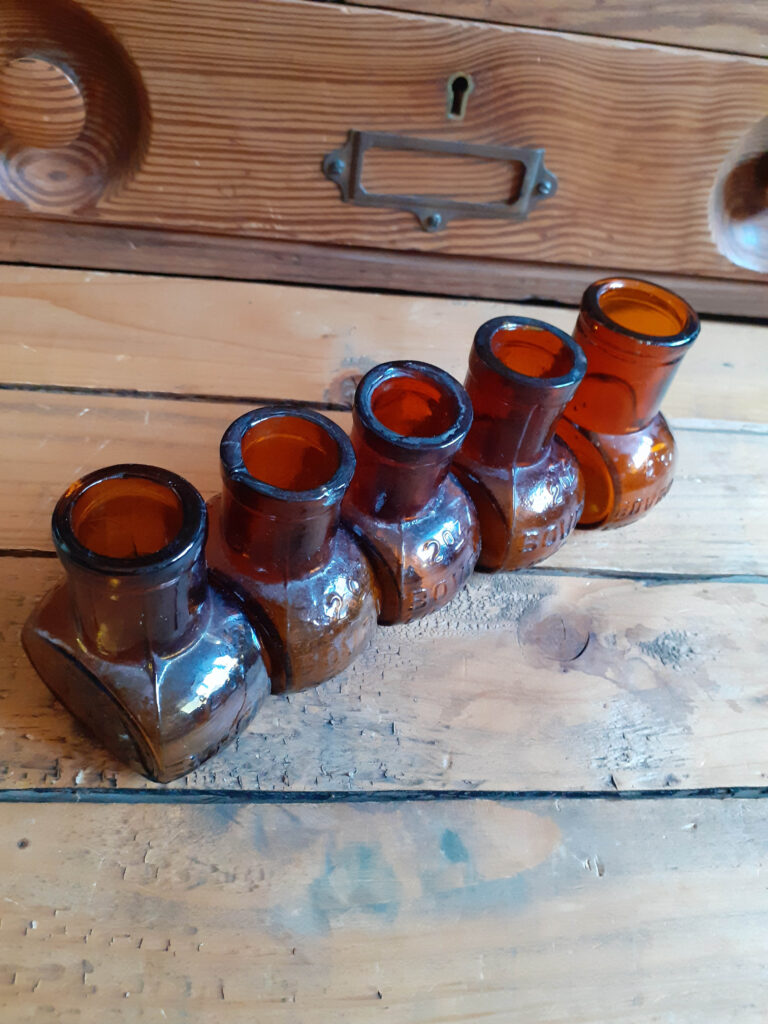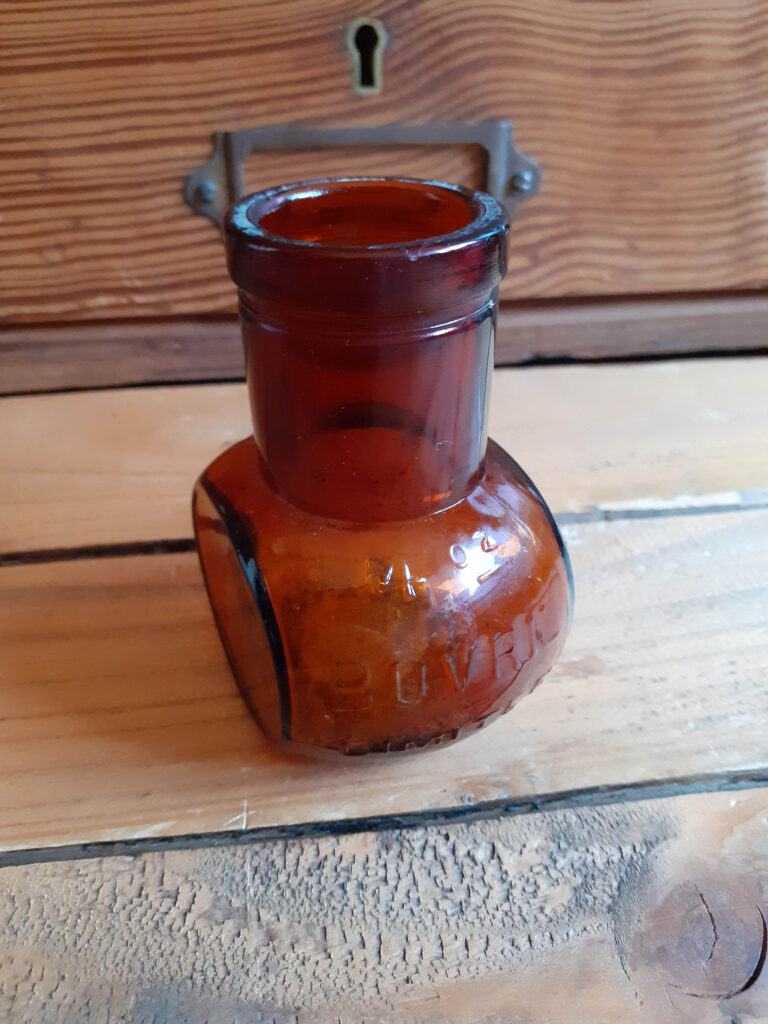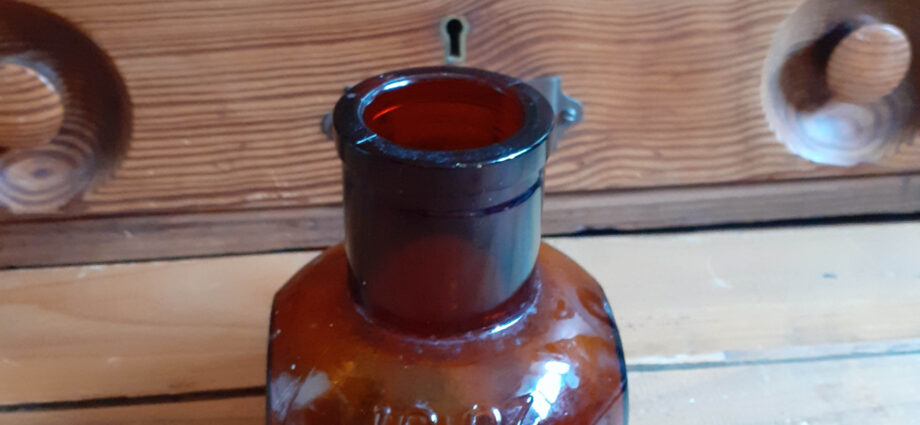Origins and Early Years
Bovril is a meat extract that was first developed by Scottish entrepreneur John Lawson Johnston in the late 19th century. He created the product as a means of providing a concentrated, nutritious food for soldiers in the British army. The name “Bovril” is a combination of “bos” (Latin for “cow”) and “vril” (a fictional energy source popularized by science fiction author H.G. Wells).
Expansion and Growth
In the late 19th and early 20th centuries, Bovril became popular among workers and travellers as a convenient source of nourishment. The product was also exported to other countries, including Australia and Canada. During World War I, Bovril was supplied to soldiers on the front lines as part of their rations. In the decades that followed, Bovril continued to grow in popularity and became a staple food product in many households.
Recent Years and Legacy
Bovril remains a popular food product in the UK and other countries today. In recent years, the company has introduced new product lines, including a low-sodium version of the original meat extract and a range of instant soups and broths. Despite changes in the food industry and shifts in consumer preferences, Bovril remains a beloved and recognizable brand, known for its rich flavour and nutritious qualities.



Introduction of Glass Jars
Bovril was originally sold in glass jars in the late 19th and early 20th centuries. The jars were designed to be durable and easily recognizable, with a distinctive label featuring the Bovril logo. The glass jars were a convenient and practical way to store and dispense the thick, concentrated meat extract.
Popularity of Glass Jars
As Bovril gained in popularity, the glass jars became a familiar sight in households and pantries across the UK and other countries. They were often reused for storage or repurposed as containers for other food products. The Bovril jars were also sought after by collectors, who appreciated their distinctive design and history.
Transition to Other Packaging Forms
In the latter part of the 20th century, Bovril began to transition away from glass jars and towards other forms of packaging, such as metal cans and plastic containers. Despite this change, the glass jars remain an iconic part of the Bovril brand and are still sought after by collectors and enthusiasts. Today, Bovril continues to be a popular food product, enjoyed by people around the world for its rich, savoury flavour and nourishing qualities.
Where to find us
For more interesting antique, vintage and retro items from Wildcard Curiosities, please see below on where to find us.
We can be found online or instore:
Wildcard Curiosities is based in Freemen’s Common Antique Centre, 8 Counting House Road, Leicester, LE2 7LT.
The centre is open from Tuesday – Saturday 10am-5pm and Sunday 10am-4pm.
There is a café and toilets on site
We also have an online shop
